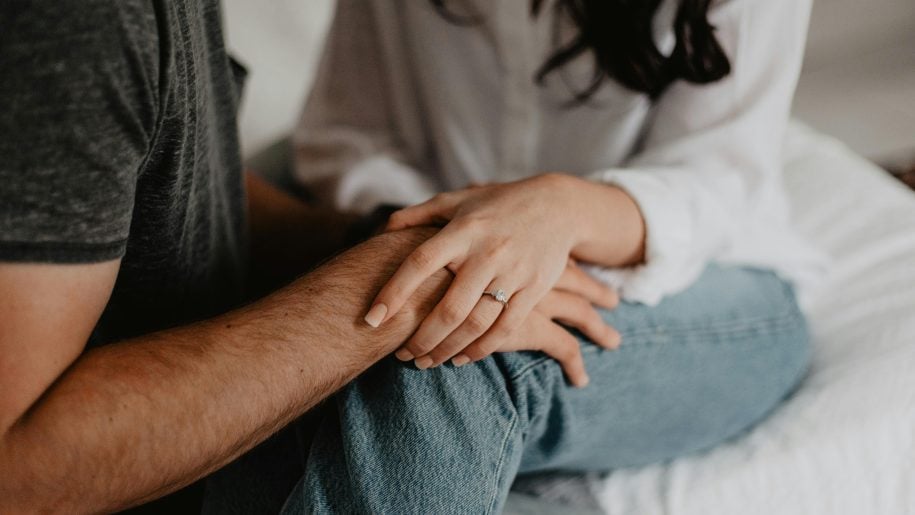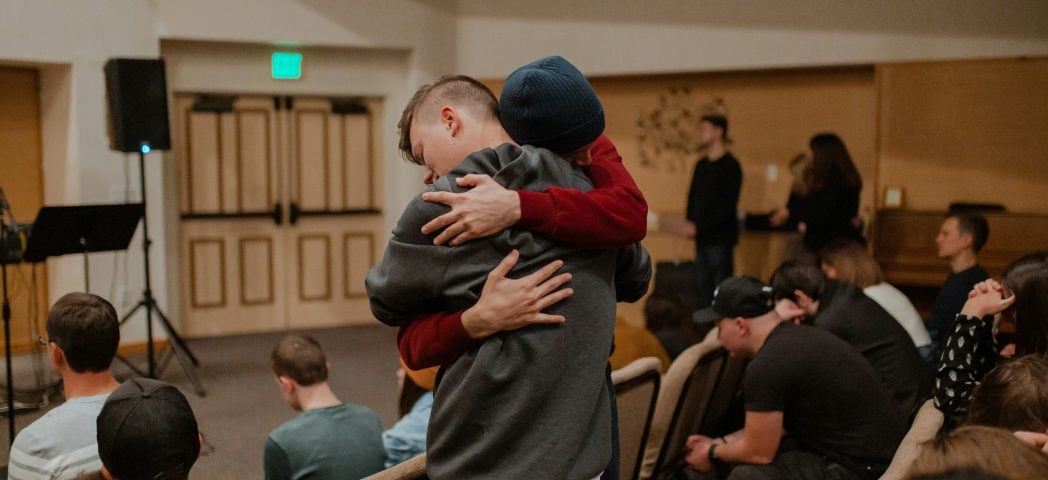The Corrective Services NSW (CSN) and the Justice Health & Forensic Mental Health Network (JH & FMHN) work together for the good of the patient.
As an example, JH & FMHN can make a suggestion of where the inmate can be placed, but it is up to CSN as to where the inmate ultimately gets placed. However, the family of the inmate can request to CSN that their loved one gets transferred to a correctional centre nearer to where they live. CSN may do this as long as the correctional centre can provide all the necessary health care that their loved one needs.


